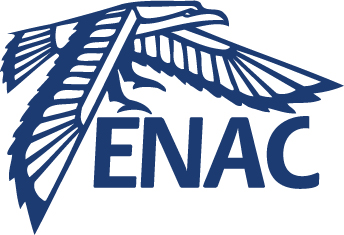Can an aircraft be piloted via sonification with an acceptable attentional cost? A comparison of blind and sighted pilots
Résumé
In the aeronautics field, some authors have suggested that an aircraft's attitude sonification could be used by pilots to cope with spatial disorientation situations. Such a system is currently used by blind pilots to control the attitude of their aircraft. However, given the suspected higher auditory attentional capacities of blind people, the possibility for sighted individuals to use this system remains an open question. For example, its introduction may overload the auditory channel, which may in turn alter the responsiveness of pilots to infrequent but critical auditory warnings. In this study, two groups of pilots (blind versus sighted) performed a simulated flight experiment consisting of successive aircraft maneuvers, on the sole basis of an aircraft sonification. Maneuver difficulty was varied while we assessed flight performance along with subjective and electroencephalographic (EEG) measures of workload. The results showed that both groups of participants reached target-attitudes with a good accuracy. However, more complex maneuvers increased subjective workload and impaired brain responsiveness toward unexpected auditory stimuli as demonstrated by lower N1 and P3 amplitudes. Despite that the EEG signal showed a clear reorganization of the brain in the blind participants (higher alpha power), the brain responsiveness to unexpected auditory stimuli was not significantly different between the two groups. The results suggest that an auditory display might provide useful additional information to spatially disoriented pilots with normal vision. However, its use should be restricted to critical situations and simple recovery or guidance maneuvers.
| Origine | Fichiers produits par l'(les) auteur(s) |
|---|
Loading...
